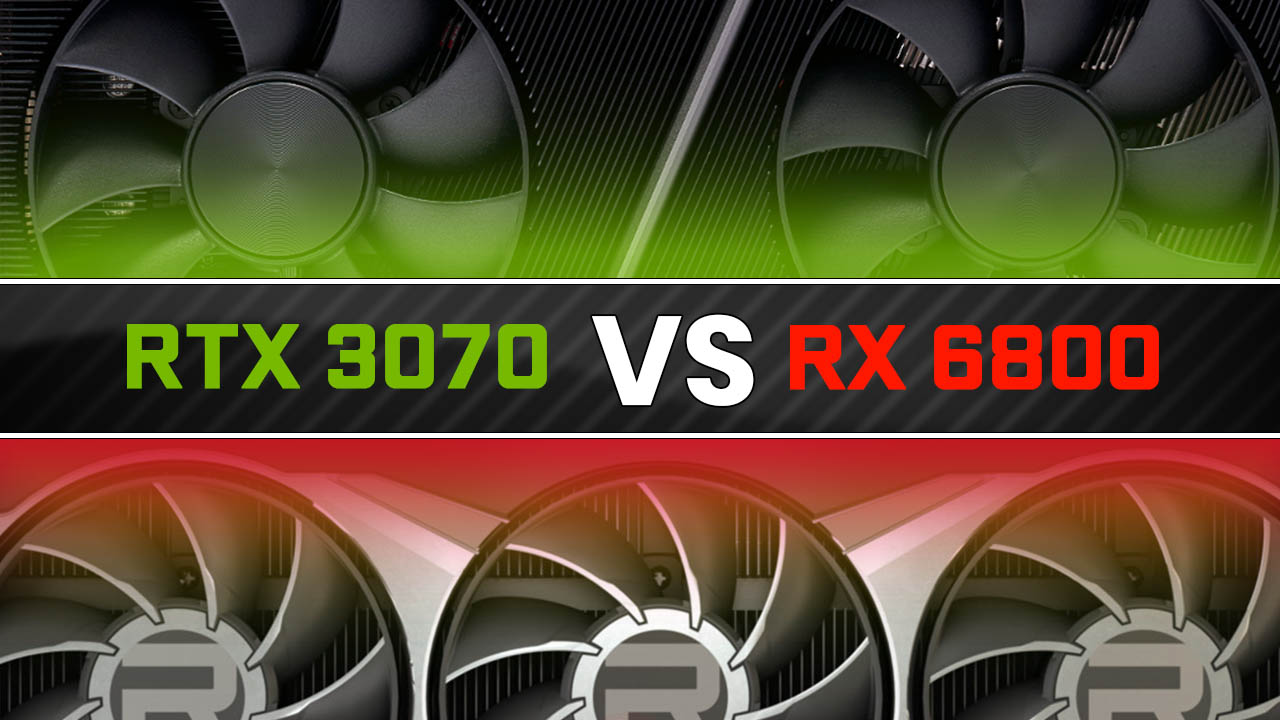

AMD's Adrenalin Software is extensive and its latest overhaul has more of that at your fingertips than ever. More memory is welcome, however, so the RX 6700 XT takes the win.Ī look at the features on offer with either card and it's safe to say that both Nvidia and AMD offer a lot with their software package. I won't dive into the specifics of all of this (once again, all in the review) but just know it's not quite a cut-and-dried case.

Meanwhile, the RTX 3070 sticks to a more traditional, larger 256-bit bus. Although it relies on accessing that larger stash of memory via a smaller 192-bit bus and a new feature with RDNA 2 called Infinity Cache. The 12GB of VRAM on the RX 6700 XT is certainly a more comfortable bet for the next few years of gaming than the 8GB found on the RTX 3070. Yes, that ephemeral promise of future-proofing and planning for games that have not yet been announced. What it might be important for, though, is the future of gaming. It will certainly help to some degree but how much, we don't know. While we can't say what a 6GB RX 6700 XT may perform like, we're certainly not seeing that 12GB of memory be some magical salve for 1440p and 4K performance. That's what you'll find on the Radeon RX 6700 XT, while the RTX 3070 has only 8GB of VRAM. What AMD has in its quiver that Nvidia does not at this price is 12GB of GDDR6 memory. So if you opt for the red team card, you will find some improvements in what AMD calls FidelityFX Super Resolution, we just don't know when or to what extent. The company has promised it will arrive this year, 2021, it's just not ready yet.

There's something on the way from AMD in this department, though, a true competitor to DLSS. Nvidia's Deep Learning Super Sampling (DLSS) is another victory for the green team here as well, as while AMD has its library of FidelityFX features, such as Content Adaptive Sharpening, DLSS is widely supported and able to significantly improve framerates for a rather minimal loss in fidelity (depending on the game at hand). The first one-the impact of which will vary on your graphical preferences and choice of game-is when considering real-time ray tracing workloads Nvidia's finessed ray tracing solution actually proves itself even more capable than AMD's. It's worth considering a few other factors when it comes to performance. The GeForce is out in the lead by some 15 percent in a few games. The Radeon manages to keep hot on the RTX 3070's tail for the better part of 1080p, and even jump past it in the more favourable F1 2020, yet as soon as you creep up to 1440p and 4K the gap between the two grows. As you can see in the graphs above, the RTX 3070 is the faster of the two cards by some margin.


 0 kommentar(er)
0 kommentar(er)
